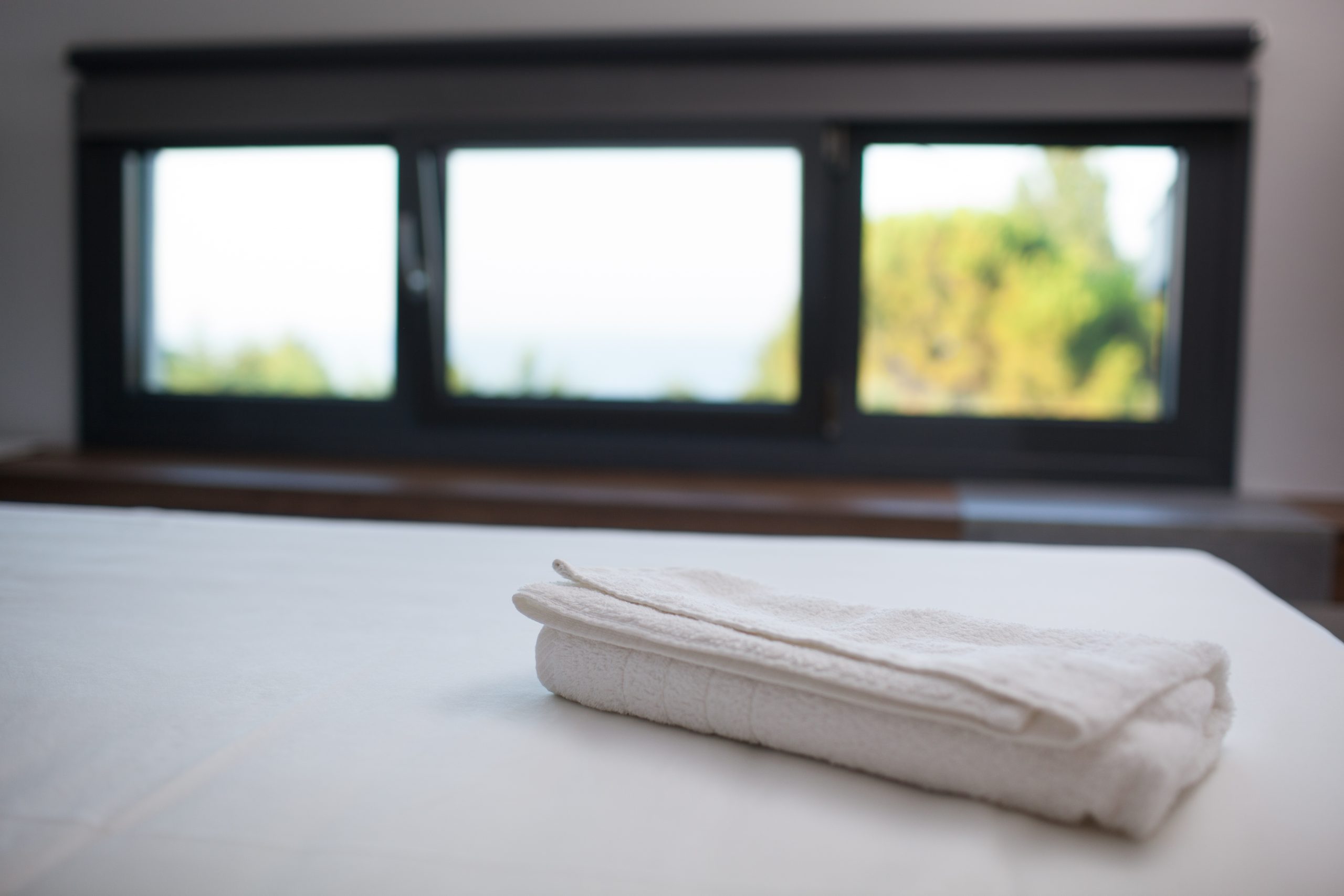July 13, 2021 – Health and hygiene concerns fueled by the rapid spread of the COVID19 pandemic continue to drive the demand for medical wipes. The global wipe market was estimated at $14 billion and is expected to reach $24.3 billion by 2026 at a CAGR of 6.7%. Extensive use of sanitary wipes across different industries, including automotive, healthcare, aviation, and food handling, favors the market growth.
The Health Risks Posed by Germs
Germs can live for approximately three hours on your hands, eight hours on fabric, three days on plastic, and up to five days on metal. Sanitizers and disinfectants may require precleaning or rinsing processes, respectively. Sanitation wipes provide an excellent solution to keeping your hands and physical surfaces clean.
Here are five factors to consider when picking the right sanitation wipes.
1. Industry
Most biosafe wipes on the market may claim to kill 99.9% of germs on surfaces, but what germs do they specifically kill? You may need to find out which pathogens that the ERA approved for control with the specific paper towel. Does the product eliminate pathogens that are common within your specific industry? For example, fitness centers are prone to MRSA, ringworms, and staphylococci colonies, while a restaurant may have to look out for E. coli, listeria, and campylobacter. You may need to know the germ threat within your industry.
2. Purpose
You may need to figure out the main purpose of the medical wipes before placing your bulk order. You can choose between cleaning, disinfecting, or sanitizing wipes for your specific industry and use. Cleaning wipes remove dirt, crumbs, stains, or germs from surfaces or objects. Disinfecting wipes are pre-soaked in solutions intended to kill germs or surfaces. Sanitizing wipes aim to lower the number of germs to a safer level, achieved by either cleaning or disinfecting. Your industry standards may dictate the right type of wipes to use.
3. Disposable vs. Reusable
Disposable wipes are excellent single-use options that are perfect for controlling the spread of germs. They are typically more expensive than reusable wipes but provide a more convenient option in managing your wipe count. Reusable wipes offer a cost-effective solution. The sanitation towel may be hung to dry or soaked in a solution to kill bacteria. The condition or scent of the reusable wipe may inform you of whether or not to replace it.
4. Wipe Count
Wipe count may refer to the number of times that your staff cleans the surfaces using sanitary wipes. This figure may provide you with a working estimation of the quantity and quality of wipes to order. How many wipes do you use on a specific area daily? High counts may require larger orders or buckets to avoid running short of vital sanitation products.
5. Material
You may need to examine the material of the sanitation wipes, evaluating the benefits and drawbacks of each. Microfiber towels offer low absorbency but are soft and can provide a streak-free clean. Cotton wipes provide excellent absorbance but may leave a trace of fuzz or particles on the surface. Non-woven wipes such as polyester are often soft with a streak-free clean.
Sanitation wipes and other janitorial supplies are essential products to help keep your surfaces and objects clean. To place your order for custom labeled wipes, reach out to National Wiper Alliance.

